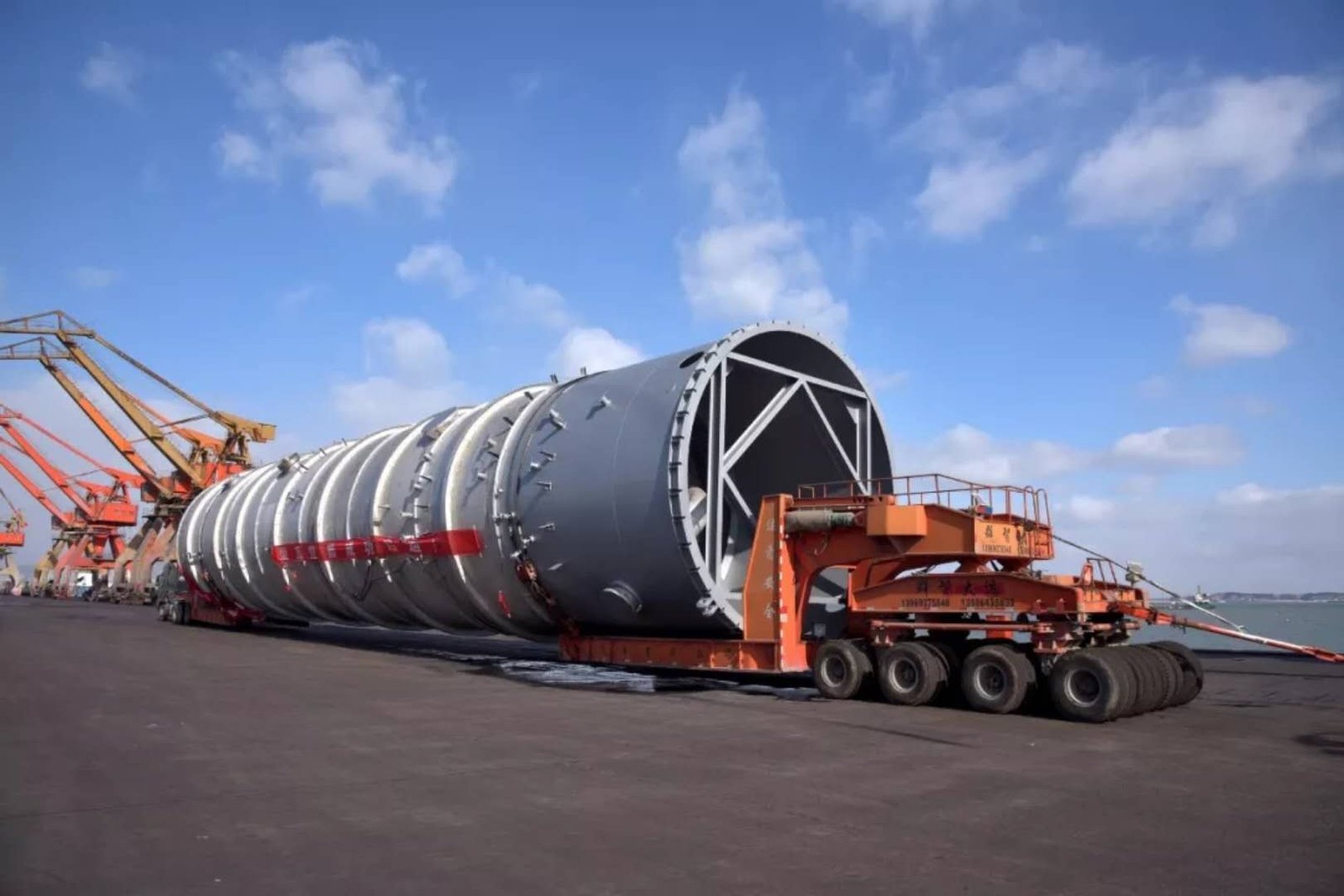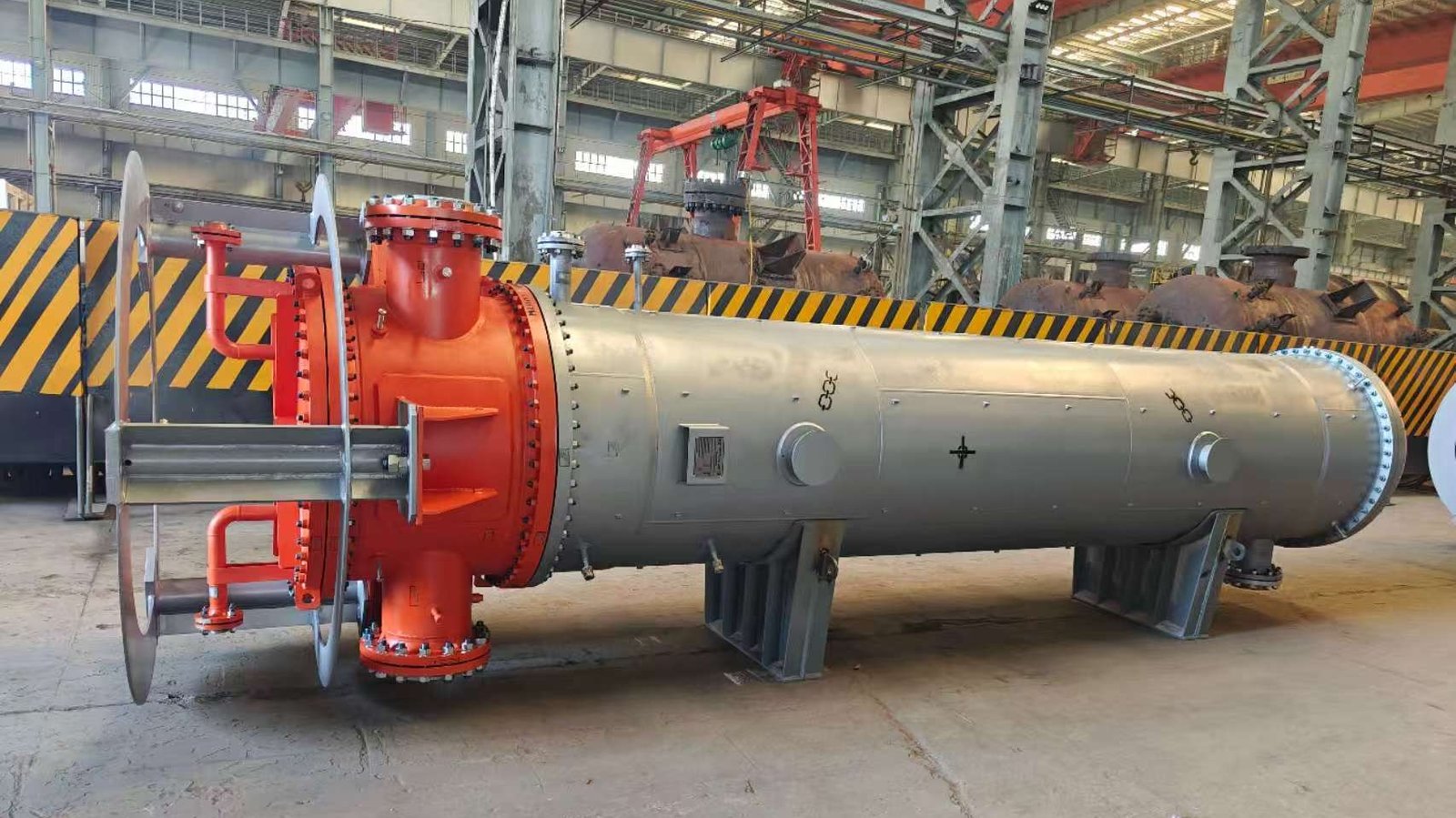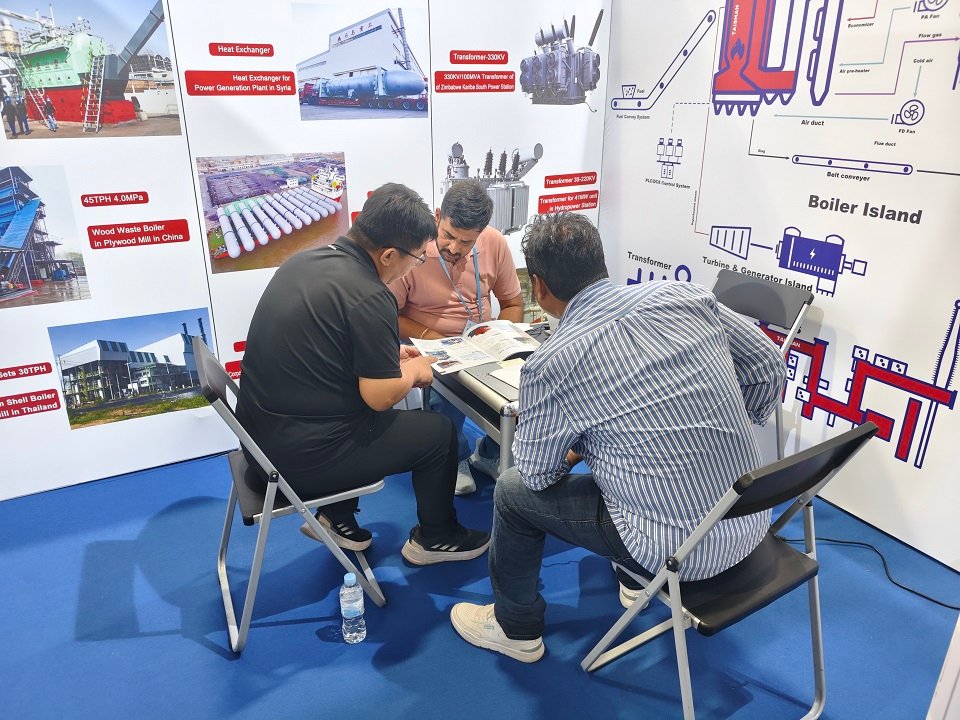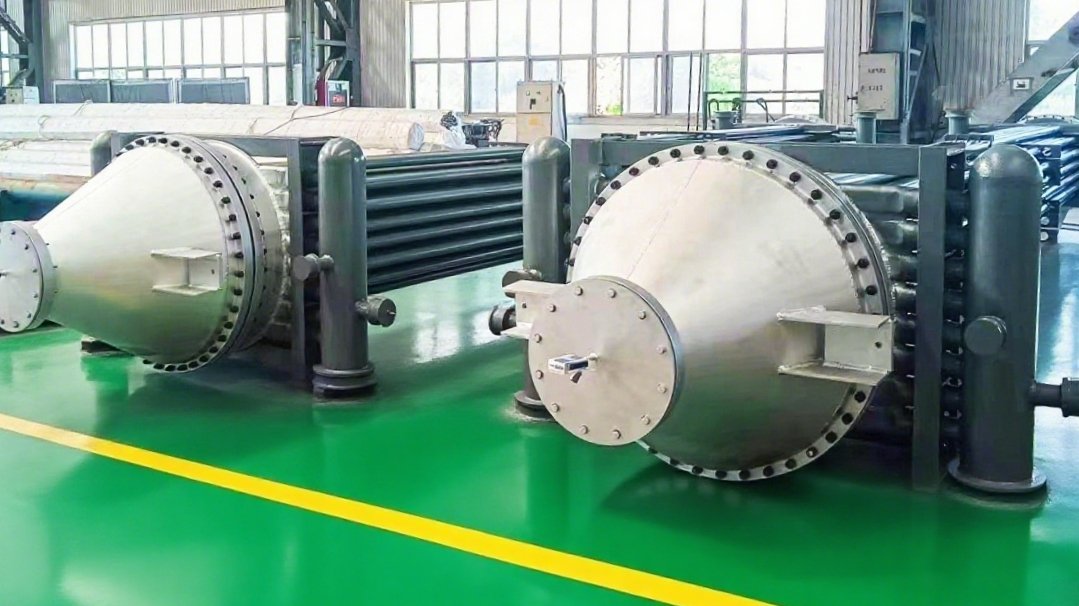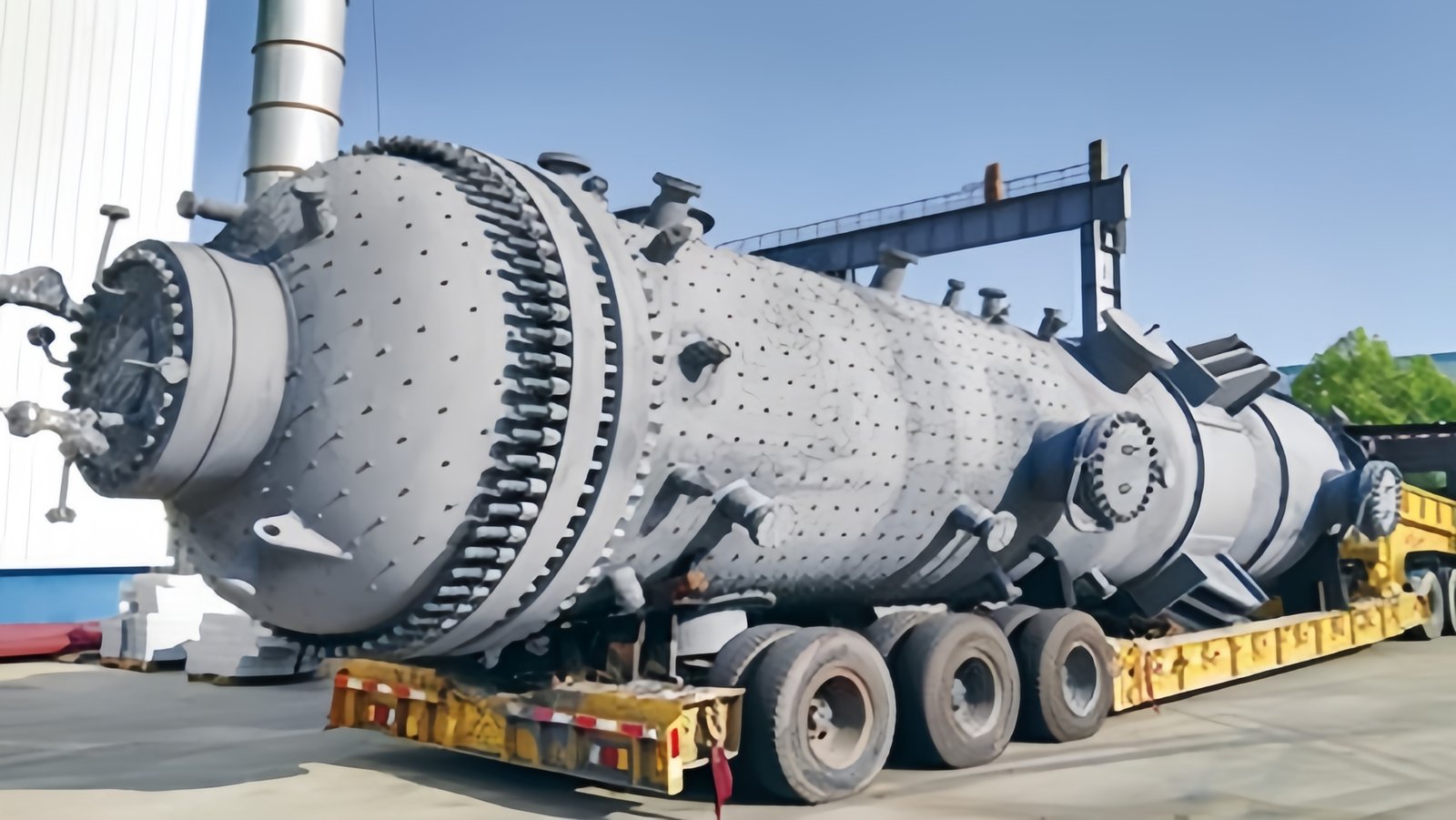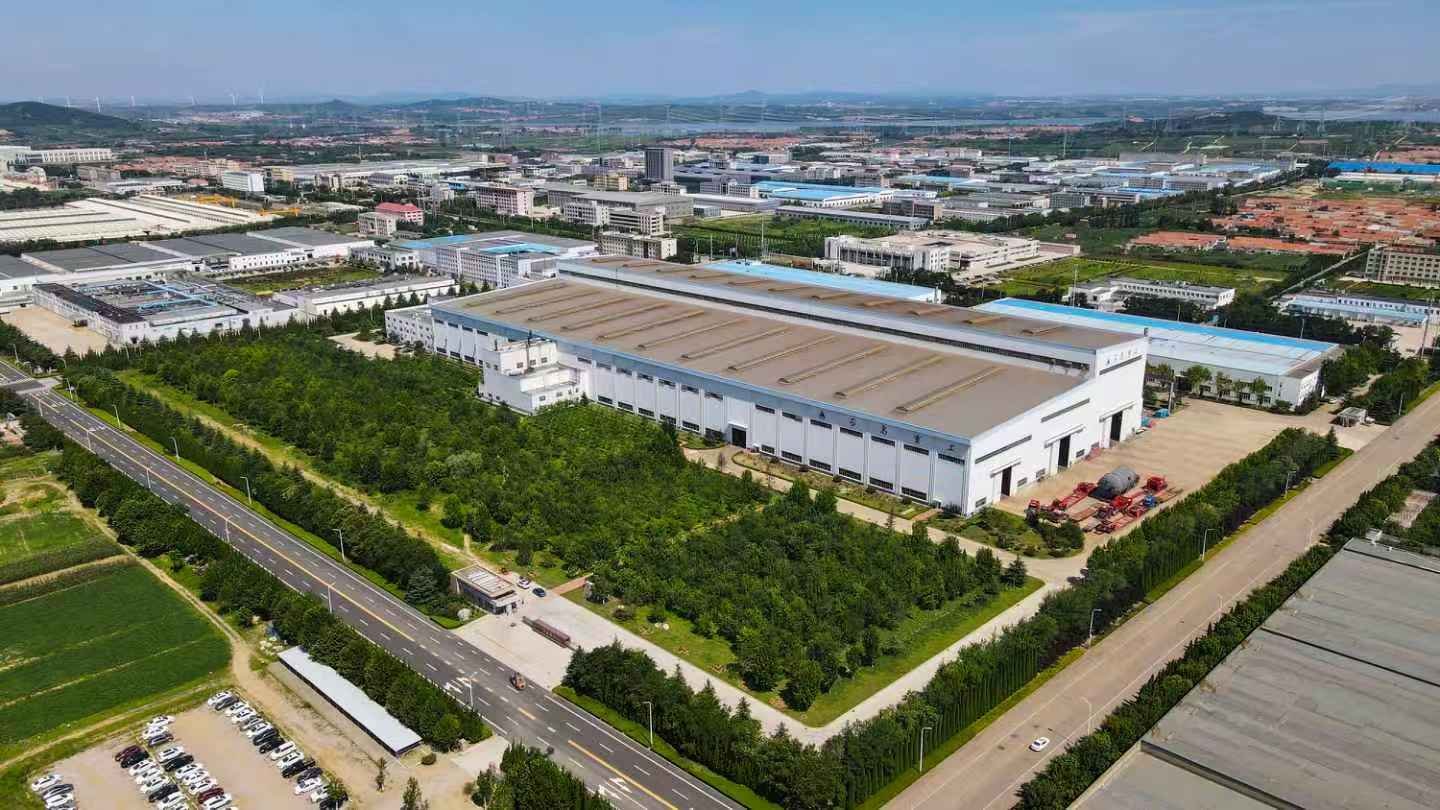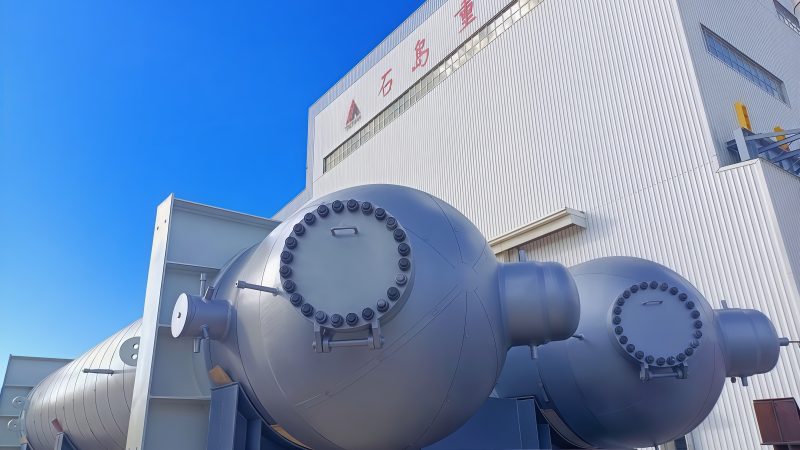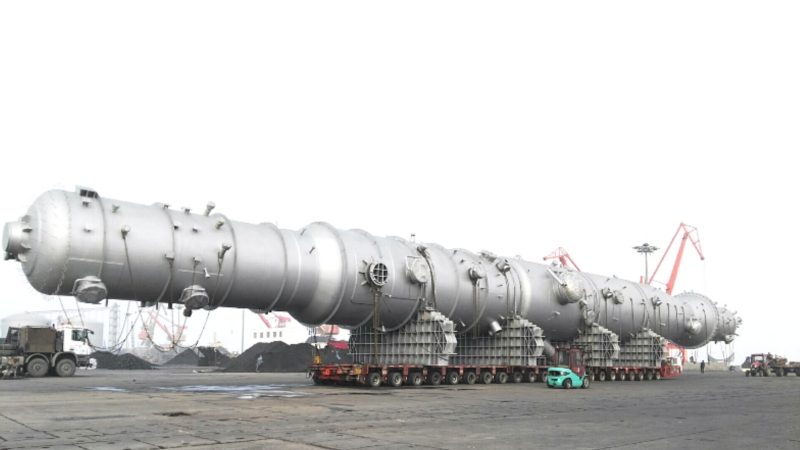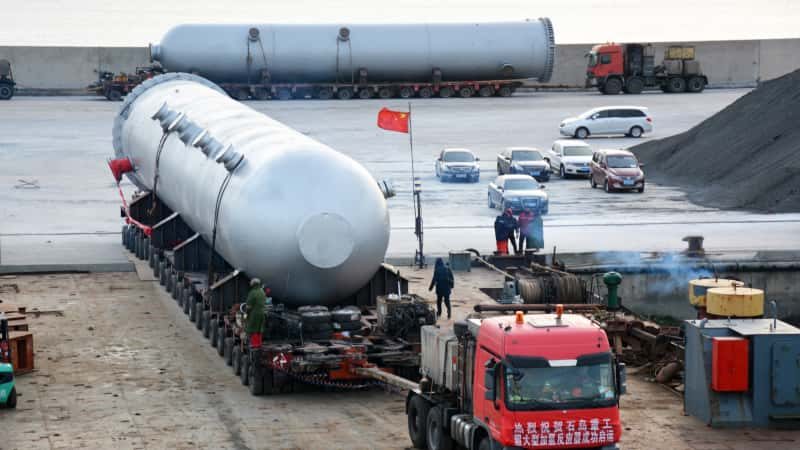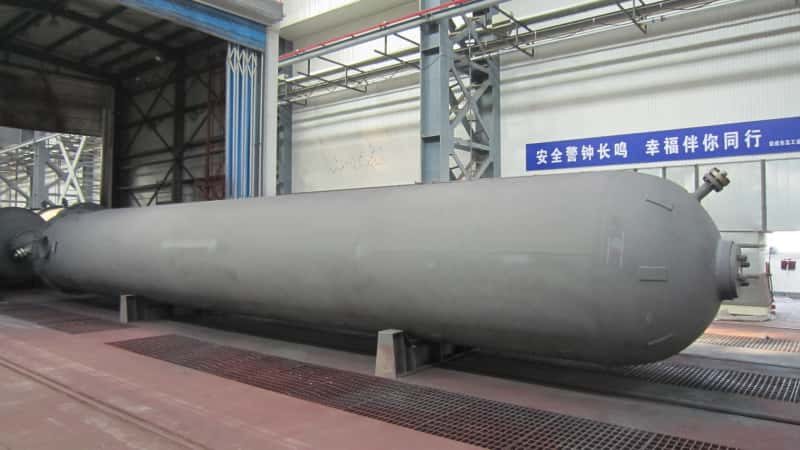The ammonia synthesis tower is the heart of any nitrogen-based fertilizer production plant. Choosing the wrong one can lead to production inefficiencies, frequent shutdowns, and higher energy consumption — all of which translate into massive financial losses and missed production goals. With so many types of designs, capacities, and catalytic configurations, many plant managers and engineers find themselves overwhelmed during procurement. The right ammonia synthesis tower, however, can significantly enhance production yield, extend catalyst life, and reduce operational costs. This article will guide you through the critical factors in selecting the optimal synthesis tower for your plant, based on real-world data, process requirements, and technical specifications.
To choose the right ammonia synthesis tower for your plant, you must evaluate factors including production capacity, operating pressure and temperature, catalyst type, loop design (single or dual), reactor configuration (axial, radial, or axial-radial flow), heat recovery method, and integration with upstream and downstream units. A correct match between reactor design and your plant’s process conditions ensures optimal conversion efficiency, energy savings, safety, and long-term reliability.
Selecting the correct tower isn’t just about technical specs — it’s about finding a match for your specific operation. This article explains how to analyze your plant’s characteristics and requirements to make the most technically and economically sound decision. Keep reading to avoid common pitfalls and ensure your synthesis tower delivers peak ammonia output for decades.
Ammonia synthesis towers operate best at pressures around 150–300 bar and temperatures of 400–500°C.True
These conditions maximize the equilibrium conversion rate of nitrogen and hydrogen into ammonia, while ensuring catalyst efficiency and reactor longevity.
Understanding Ammonia Synthesis Tower Basics
Ammonia synthesis is governed by the Haber-Bosch process, where nitrogen (N₂) and hydrogen (H₂) react to form ammonia (NH₃) under high pressure and temperature in the presence of a catalyst — typically iron-based or ruthenium-based.
At the core of the process lies the ammonia synthesis tower, which must:
- Withstand extremely high pressures (150–300 bar)
- Operate continuously at temperatures between 400–500°C
- House high-performance catalysts and allow for efficient gas flow
- Provide heat recovery to maximize thermal efficiency
- Minimize pressure drop and mechanical failure risk
Different designs serve different purposes — and their efficiency depends heavily on how well they integrate into your plant’s ammonia loop.
Comparison of Reactor Flow Configurations
| Flow Type | Description | Pros | Cons |
|---|---|---|---|
| Axial Flow | Gas flows linearly through the catalyst bed | Simple design; suitable for small plants | Higher pressure drop; inefficient heat management |
| Radial Flow | Gas flows radially inward/outward through cylindrical catalyst beds | Lower pressure drop; better heat distribution | More complex construction |
| Axial-Radial | Combines axial entry with radial flow through catalyst | Optimized flow and heat management; widely used in modern towers | More expensive; requires precision manufacturing |
Pressure and Temperature Optimization
To maximize ammonia yield, you must balance reaction kinetics with thermodynamic limits. Here’s how different conditions impact synthesis performance:
| Parameter | Lower Value Impact | Higher Value Impact | Recommended Range |
|---|---|---|---|
| Pressure (bar) | Slower reaction; lower conversion rate | Enhanced equilibrium shift toward ammonia | 150–300 bar |
| Temperature (°C) | Increased NH₃ yield (but slower kinetics) | Faster kinetics but equilibrium shifts back to N₂ and H₂ | 400–500°C |
Maintaining this balance is crucial, especially if you’re choosing between single-bed or multi-bed reactor configurations.
Choosing the Right Catalyst System
The catalyst determines how efficiently nitrogen and hydrogen convert into ammonia.
| Catalyst Type | Key Material | Advantages | Limitations |
|---|---|---|---|
| Iron-based | Magnetite (Fe₃O₄) | Widely used; cost-effective; good activity | Sensitive to poisoning (O₂, H₂O, CO) |
| Ruthenium-based | Ru on graphite or carbon nanotubes | Extremely high activity at lower pressures | Expensive; requires stringent purity control |
You should choose your catalyst based on:
- Loop pressure
- Feed gas purity
- Energy budget
- Expected catalyst replacement frequency
Ruthenium-based catalysts require less energy than traditional iron catalysts.True
Ruthenium catalysts have higher activity and can operate efficiently at lower temperatures and pressures, reducing energy input.
Tower Design Options
The tower casing and internal components must withstand:
- High thermal stress
- Cyclic fatigue
- Chemical attack (from ammonia and synthesis gas)
Here are key construction considerations:
| Design Element | Options | Considerations |
|---|---|---|
| Casing Material | Chromium-molybdenum steel | High pressure resistance |
| Liner Material | Stainless steel, Inconel | Corrosion resistance against ammonia and syngas |
| Heat Exchange Type | Interbed heat exchangers | Improve energy recovery and gas preheating |
| Bed Arrangement | 2-4 catalyst beds | More beds = higher conversion; but more complex design |
Synthesis towers must be constructed from non-magnetic stainless steel to protect the catalyst.False
While non-magnetic steel can be beneficial in some conditions, most towers use high-strength alloy steel with liners suitable for thermal and chemical resistance.
How to Match a Tower to Your Plant Size and Layout
Every ammonia plant is unique. Here’s how to match synthesis tower capacity and configuration with your plant parameters:
Plant Sizing Guide
| Plant Capacity (TPD NH₃) | Recommended Tower Type | Flow Configuration | Heat Recovery Method |
|---|---|---|---|
| < 300 TPD | Single-bed axial | Axial | External gas-gas exchanger |
| 300–1000 TPD | Dual-bed radial | Radial | Interbed heat exchange |
| > 1000 TPD | Three or four-bed axial-radial | Axial-Radial | Integrated heat recovery loop |
System Integration Checklist
- Ensure tower output is compatible with ammonia condensation and separation units
- Gas purge systems must remove inerts like methane and argon
- Include loop compressors to maintain system pressure
- Add waste heat boilers to reclaim energy from exothermic reaction
Case Study: Upgrading from Axial to Axial-Radial Flow Tower
A 1500 TPD ammonia plant in the Middle East upgraded from a traditional axial flow tower to a modern three-bed axial-radial tower. The results:
- Ammonia yield increased by 7.5%
- Loop energy consumption reduced by 12%
- Catalyst life extended from 4 to 6 years
- Downtime due to thermal cracking reduced by 80%
This real-world example illustrates the dramatic impact a correct synthesis tower choice can have on performance.
Tower Supplier Considerations
When sourcing a synthesis tower, look for:
- Proven track record with large-scale ammonia systems
- Ability to customize based on loop design
- Strong after-sales support and maintenance
- Simulation and modeling support for process validation
Leading suppliers offer pilot testing, CFD modeling, and on-site supervision during commissioning.
Most ammonia plants today still use single-bed reactors.False
Modern ammonia plants predominantly use multi-bed (2–4 bed) reactors with interbed cooling to improve conversion efficiency.
Conclusion
The ammonia synthesis tower is not just another piece of hardware — it’s the performance core of your plant. Selecting the wrong design can result in years of inefficiency and production losses, while the right one can transform your output, energy efficiency, and operational stability. A deep understanding of your plant’s needs, process parameters, and future expansion goals is essential in making the optimal decision.
Contact Us Today for Technical Consultation and Custom Tower Design
If you’re looking to build a new ammonia plant or upgrade an existing unit, our engineering team can help you select or design the most efficient synthesis tower tailored to your unique process. We supply complete ammonia loop systems, high-performance catalyst beds, and field-verified tower solutions.
👉 Reach out now to get a technical quote and unlock higher ammonia yields.

